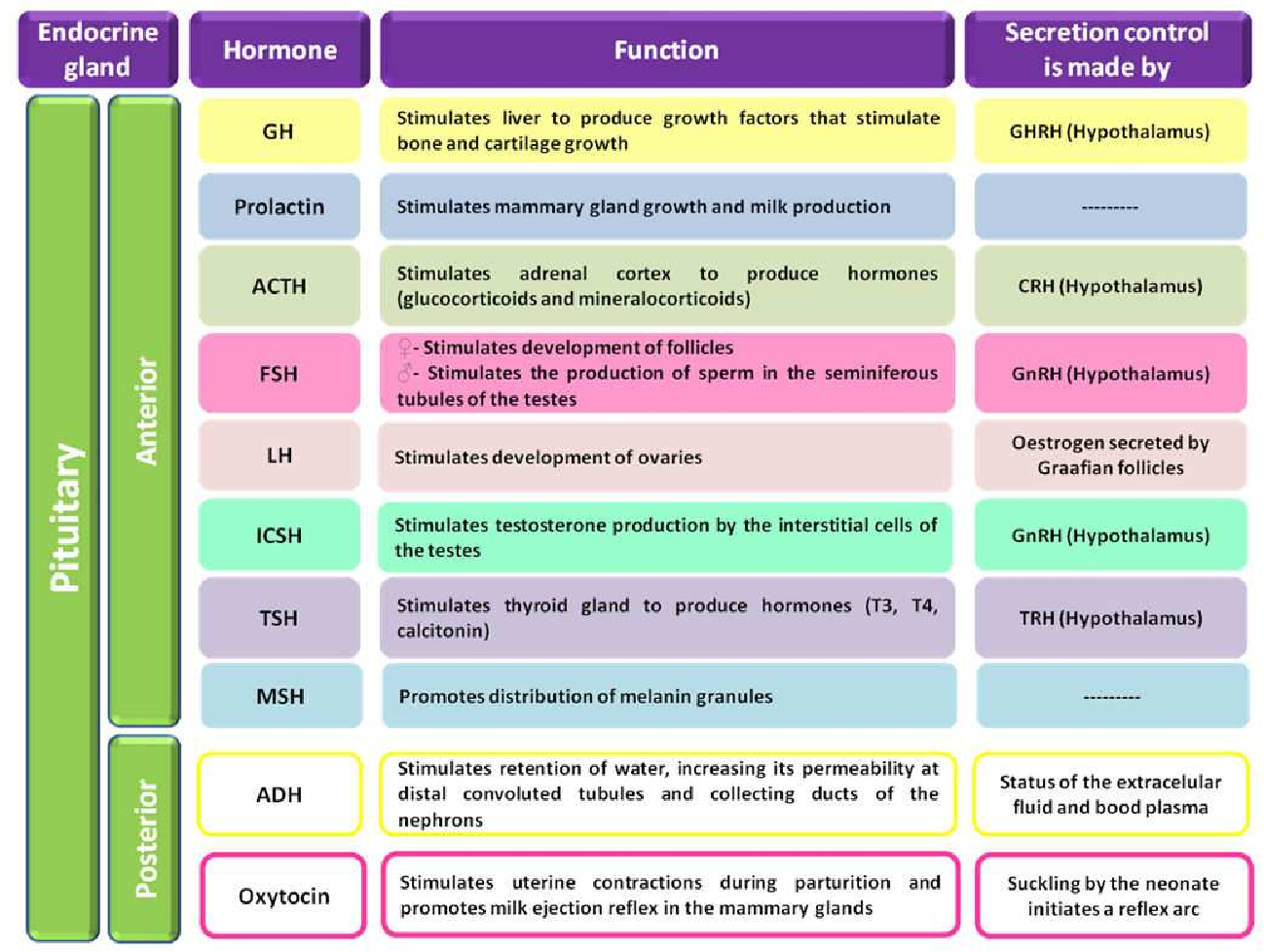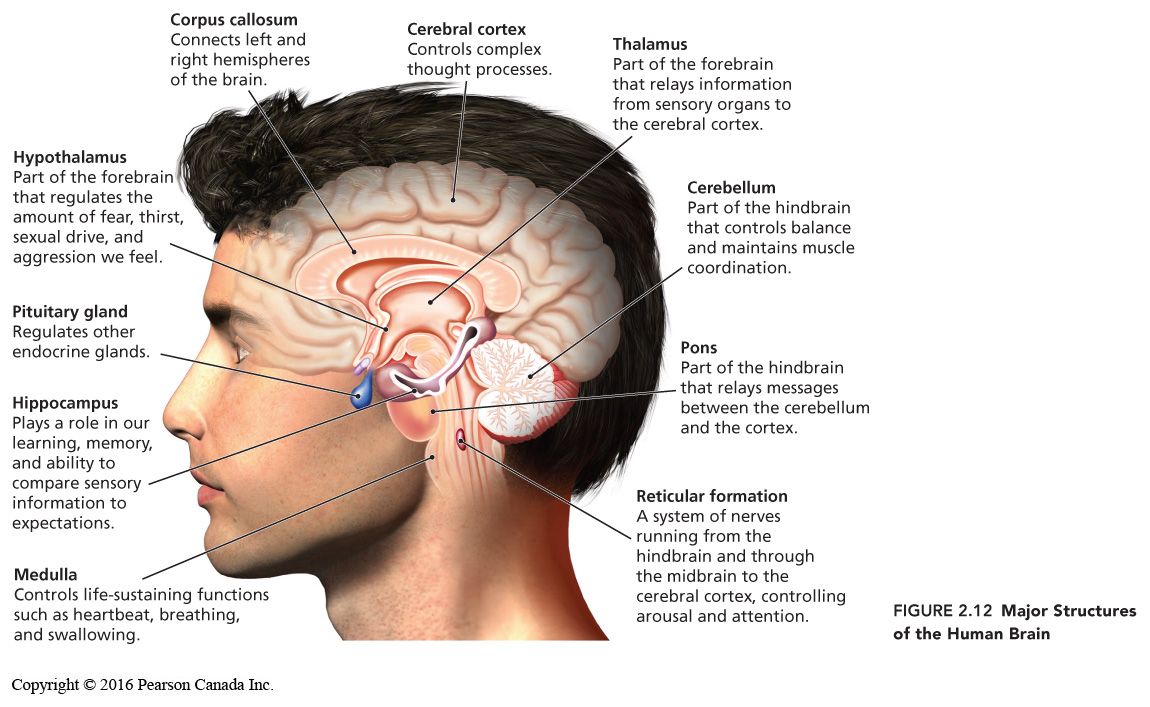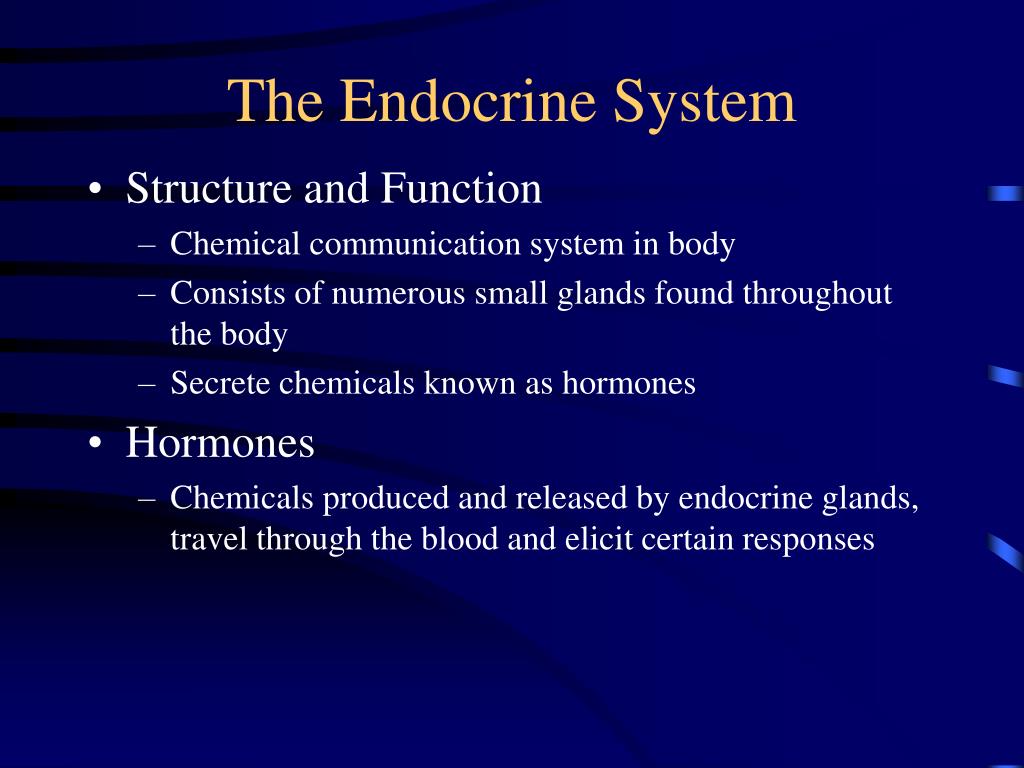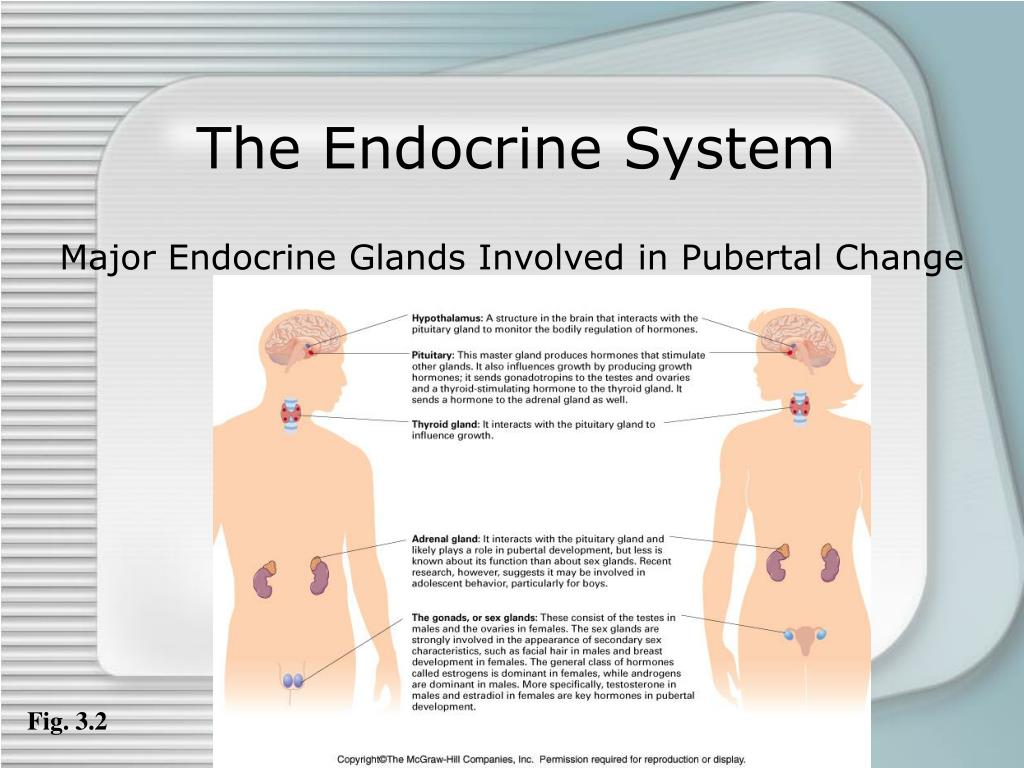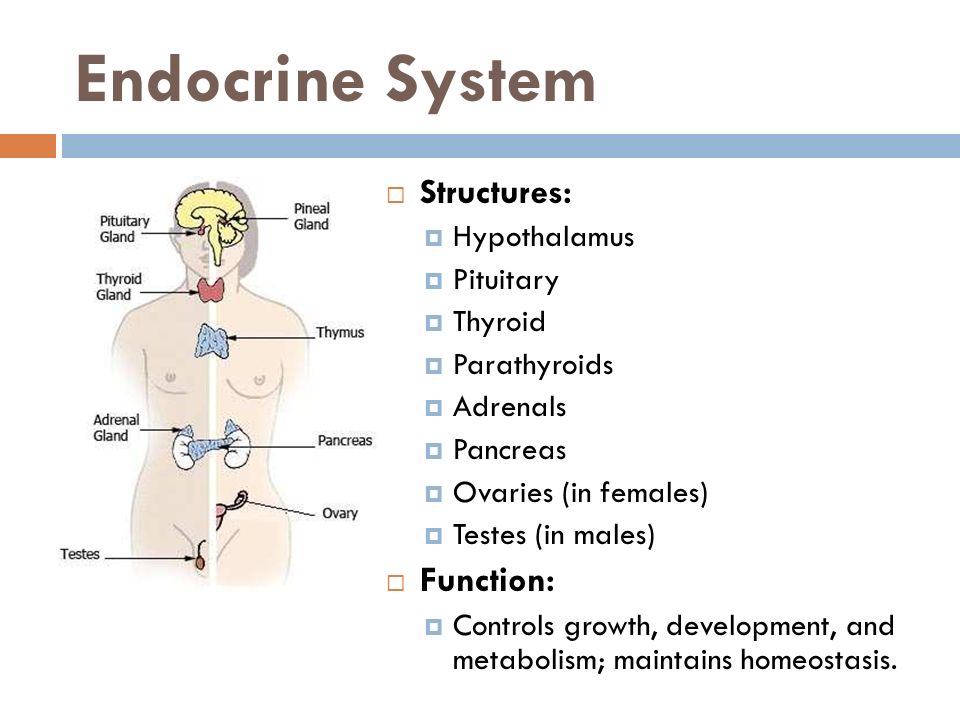The endocrine system function and structure. Endocrine System: Anatomy, Function, and Glands
What is the endocrine system? How do endocrine glands function and what are their structures? This informative article provides a detailed overview of the endocrine system, including illustrations and explanations of key glands and their roles.
Overview of the Endocrine System
The endocrine system is a complex network of glands and organs that produce and secrete hormones directly into the bloodstream. These hormones act as chemical messengers, regulating and coordinating a wide range of bodily functions, including growth, metabolism, sexual function, and stress response. The endocrine system is composed of several key glands, each with its own unique structure and function.
Pituitary Gland
The pituitary gland, often referred to as the “master gland,” is a small, pea-sized structure located at the base of the brain. It consists of two main lobes: the anterior pituitary and the posterior pituitary. The anterior pituitary produces six key hormones that control the activities of other endocrine glands, including growth hormone, thyroid-stimulating hormone, adrenocorticotropic hormone, follicle-stimulating hormone, luteinizing hormone, and prolactin. The posterior pituitary secretes oxytocin and antidiuretic hormone (ADH), which play important roles in regulating uterine contractions, milk production, and water balance.
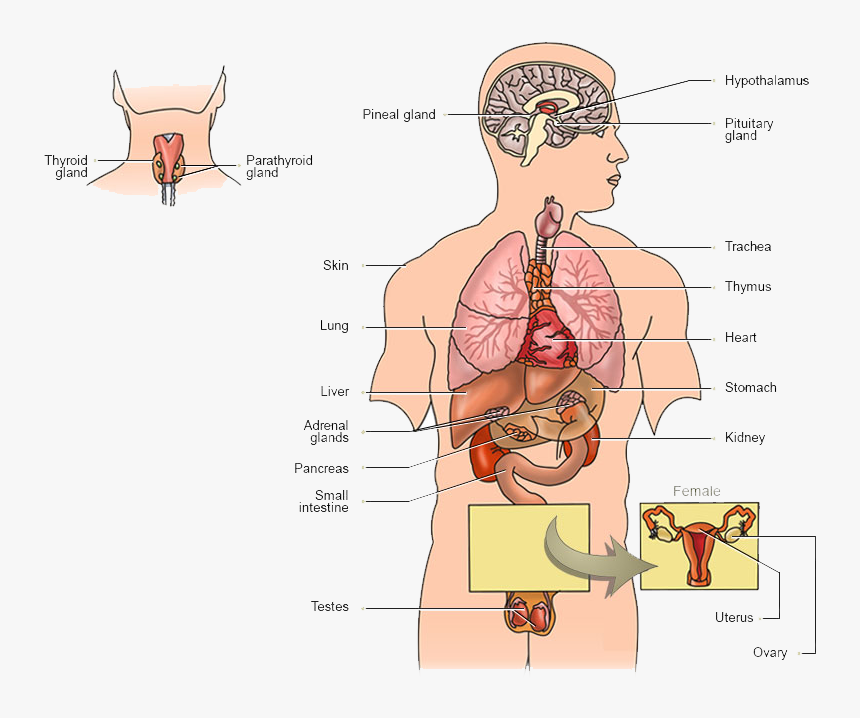
Thyroid Gland
The thyroid gland is a butterfly-shaped organ located in the lower part of the neck. It produces two hormones, thyroxine (T4) and triiodothyronine (T3), which regulate metabolism, growth, and development. The secretion of these hormones is controlled by the thyroid-stimulating hormone (TSH) produced by the anterior pituitary. The thyroid gland also plays a role in maintaining proper blood calcium levels.
Parathyroid Gland
The parathyroid glands are small, pea-sized structures located behind the thyroid gland. They produce parathyroid hormone (PTH), which is responsible for regulating the body’s calcium and phosphate levels. PTH promotes the absorption of calcium from the bones, kidneys, and intestines, helping to maintain proper calcium balance in the blood.
Adrenal Glands
The adrenal glands are located on top of the kidneys and consist of two distinct parts: the adrenal cortex and the adrenal medulla. The adrenal cortex produces hormones such as cortisol, aldosterone, and androgens, which play crucial roles in the body’s stress response, fluid and electrolyte balance, and sexual development. The adrenal medulla, on the other hand, secretes catecholamines like epinephrine (adrenaline) and norepinephrine, which help the body respond to stressful situations.

Pancreas
The pancreas is an organ that produces both digestive enzymes and hormones. Its endocrine function is primarily focused on regulating blood sugar levels through the secretion of insulin and glucagon. Insulin, produced by the pancreatic beta cells, helps lower blood sugar by facilitating the uptake of glucose into cells, while glucagon, produced by the pancreatic alpha cells, helps raise blood sugar by promoting the breakdown of glycogen in the liver.
Reproductive Glands
The reproductive glands, also known as the sex glands, include the ovaries in females and the testes in males. These glands produce hormones that are crucial for sexual development, reproductive function, and secondary sexual characteristics. In females, the ovaries secrete estrogen and progesterone, while in males, the testes produce testosterone.
Other Endocrine Glands
In addition to the major endocrine glands mentioned above, the endocrine system also includes the thymus, which produces hormones involved in immune function, and the pineal gland, which secretes melatonin and plays a role in regulating the sleep-wake cycle.

The endocrine system is a highly complex and interconnected network of glands and organs, each with its own unique structure and function. By understanding the anatomy and roles of the various endocrine glands, we can gain a deeper appreciation for the intricate ways in which the body maintains homeostasis and coordinates its numerous physiological processes.
Endocrine Glands (Structure and Function)
Endocrine Glands (Structure and Function)
Advertisement
1 of 58
Top clipped slide
Download to read offline
Science
Structure and Function of
I. Pituitary Gland
II. Thyroid Gland
III. Parathyroid Gland
IV. Adrenal Glands
V. Pancreas
VI. Sex Glands
VII. Thymus
VIII. Pineal Gland
Dr. K. Rama Rao
Govt. Degree College
TEKKALI; Srikakulam Dt. A. P
Phone: 9010705687
Advertisement
Advertisement
Advertisement
Endocrine Glands (Structure and Function)
- Endocrine means, Endo = within and
Krine = to secrete.
This system consists of ductless glands
of the body.
The secretions are directly poured into
the blood circulation.
The internal secretions of the
endocrine glands are known
as “hormones.” - Hormones are described as the
chemical messengers of the body.
These hormones guide and control the
growth, multiplication metabolic
activities of various tissues and so
many regulatory functions inside the
body.
- Endocrine glands are of two types:
1. Holocrine Glands:
These glands secrete only hormones.
2. Heterocrine Glands:
These glands secrete hormones and
have other functions also. - I. Pituitary Gland
Pituitary gland is a small body
hanging down from the middle of the
lower surface of the brain. This gland
is about 1 c.m. (0.4 inches) in
diameter. Its colour is reddish grey. - Structure:
Pituitary gland consists of two main
lobes:
1. Anterior lobe or Anterior Pituitary.
2. Posterior lobe or posterior
pituitary.
These two lobes are connected by a
small intermediate lobe. - Functions of Pituitary Gland:
a. Anterior Pituitary:
The Anterior lobe of the pituitary
gland produces a number of
hormones which control the activities
of all other endocrine glands.
Anterior pituitary gland-secretes six hormones
1. Growth Hormone (GH)/ Somatotropic hormone.
2. Thyrotrophic Hormone/ Thyroid stimulating hormone (TSH)
3. Adrenocorticotropic Hormone (ACTH)
4. Follicle -stimulating Hormone (FSH)
5. Luteinising Hormone (LH)
Luteinising Hormone (LH)
6. Luteotrophin Hormone /Prolactin. - Anterior pituitary gland
- 1. Growth Hormone: (GH)
This is also known as somato tropic hormone. This
hormone is necessary for the normal growth and
development of the body.
2. Thyroid Stimulating Hormone: (TSH)
This hormone is also known as Thyrotrophic
Hormone. It controls the activities and growth of
thyroid gland.
3. Adrenocorticotropic Hormone: (ACTH)
This hormone stimulates the adrenal cortex to
synthesize its hormones. It also regulates the
activities of Adrenal glands. - 4. Follicle Stimulating Hormone: (FSH)
It stimulates the ovary in females to synthesize
oestrogen. It also stimulates the testes in males to
provide spermatozoa.
5. Luteinising Hormone: (LH)
It controls the secretion of oestrogens and
progesterone in the ovary and testoterone in the
testis.
6. Luteotrophin Hormone: (LTH)
The other name of this hormone is prolactin. It
stimulates milk production and secretion in
mammals. It also maintains the uterine growth
and development during pregnancy.
- b. Posterior Pituitary:
The posterior lobe of the pituitary gland secretes
two hormones:
1. Oxytocin
2. Vasopressin /Antidiuretic Hormone (ADH) - 1. Oxytocin
This hormone has got two functions:
1. It contracts the uterus during delivery or birth of
the child.
2. It also helps in the ejection of milk from the
mammary gland.
2. Vasopressin
This hormone is also known as Antidiuretic
hormone (ADH).
Its functions are:
1. It helps in decreasing urine output
2. Increasing blood pressure - II. Thyroid Gland
The thyroid gland is situated in the lower part
of the neck and extended on both side of the
Larynx.
It is brownish red in colour. There are two
lobes in thyroid gland, one on each side of the
trachea.
These two lobes are connected by a strip of
thyroid tissue called the “is thumus” which
lies in front of the trachea. - Functions
The thyroid gland synthesizes and
secretes two hormones:
1. Thyroxine (T.4)
2. Trilodothyronine (T.3)
The secretion of thyroid hormones is
controlled by Thyroid stimulating Hormone
(TSH) of Anterior Pituitary Gland. The
The
thyroid hormones influence growth and
metabolism. - The major functions are
1. Increase in oxygen consumption and heat
production in tissues.
2. Regulation of Basal Metabolic Rate (BMR).
3. Increase in the absorption and utilization of
glucose.
4. Helps in physical and mental growth and
development of the body.
5. Increase in the rate of cholesterol synthesis
in liver. - 6. Helps in Protein synthesis.
7. Myelination of central Nervous
system.
8. Decrease blood calcium level.
9. Acts as the storage of iodine as
thyroxine is rich in iodine.
10. Regulates the chemistry of the tissues
and stimulates the process of oxidation. - Disorders (Hypothyroidism) of Thyroid
Function
(a)Deficiency of the secretion at birth produces
a cretinism. It produces mental retardation.
(b) Myxoedema occurring after birth. slow
metabolic process, retardation of physical
growth. weight gain, slowness of mind and
speech, skin thickened, dry and hair falls.
(c)Endemic goitre occurs due to deficiency of
iodine in food. It produces enlargement of
It produces enlargement of
the thyroid gland. - Myxoedema
cretinism
Hypothyroidism
goitre - 2. Hyperthyroidism (Increased
secretion)
(a) The metabolic rate is raised and the body
temperature may be higher than normal.
(b) Loss of weight, nervousness, high pulse
rate, Cardiovascular symptoms may arise
which can lead to heart failure.
(c) Grave’s disease or exophthalmic goiter is
due to excessive production of thyroid
hormone which produce protrusion of
eyeballs. - III. Parathyroid Gland
The parathyroid glands are four small
glands situated two on each side of the
thyroid gland in the neck.
They are embedded on the posterior
surface of the thyroid gland.
The weight of these four glands is about
0.1 to 0.2 gm. These glands are reddish or
yellowish-brown. - Structure
The parathyroid glands are composed of mass
of epithelial cells.
These cells are of two types:
(1) Chief cells
They secrete the parathyroid Hormone (PTH)
or Parathormone.
The secretion of PTH is not under nervous or
hormonal control. A decrease in calcium level
A decrease in calcium level
of plasma increases the secretion of PTH and
vice versa. - (2) Oxyphil cells Functions
1. Parathormone increases calcium level of Blood
plasma and extracellular fluid.
2. Regulates calcium metabolism.
3. It decreases blood phosphate level.
4. Mobilizes calcium of bone into the extracellular
fluid, when dietary uptake of calcium is low.
5. Increases reabsorption of calcium in the renal
tubule.
6. Increases the absorption of calcium in the
gastrointestinal tract. - Disorders of Parathyroid Function:
Hypoparathyroidism: (Less secretion)
1. There is deficiency of the calcium content in blood.
It is known as “Hypocalcaemia” which leads to
Tetany.
2. It is characterized by muscular contraction,
convulsions of the hands and feet etc.
Hyperparathyroidism: (Excess secretion)
1. Enlargement of the glands.
2. Calcium balance is disturbed. It
produces “Osteitis fibrosa Cystica.”
3. The calcium may be deposited in the kidney,
causing renal stones and kidney failure.
- IV. Adrenal Glands
The adrenal or suprarenal glands are
two in number, which are situated just
on the top of each kidney like a cap.
These are small yellowish glands.
Each adrenal weighs about 5 gms. This
gland is called the gland of emergency. - Structure:
The adrenal glands can be divided into two
parts, whose structure and functions are
also different.
These are:
1. Outer Cortex
2. Inner Medulla
1. Outer Adrenal Cortex:
It is yellowish in colour. This part has three
distinct layers of cells. - They are
i. Zona glomerulose:
It is the outer layer which secretes the
hormone mineralocorticoids.
ii. Zona Fasciculate:
This is the middle layer of the cortex which
secretes glucocorticoid hormones.
iii. Zona Reticularis:
It is the inner layer secreting sex steroids. - Functions of Hormones of Cortex
a. Mineralo Corticoids
These are aldosterone. They help to maintain
electrolyte and water balance of the body
b. Glucocorticoids
These are Cortisol, cortisone and corticosterone.
Their functions are:
1. Influence Carbohydrate metabolism
2. Increase Glycogen Synthesis.
3. Breaking down of protein into amino-acids.
4. Mobilize and redistribute fat.
5. Decrease the production of eosinophil’s and
lymphocytes.
6. Anti-inflammatory and anti-allergic effect.
7. Adaptation of stress. - c. Sex Steroids:
They are androgens in males and oestrogenes in
females. They influence growth and sex
development. The secretion of the hormones of the
adrenal cortex is controlled by Adrenocorticotropic
Hormone (ACTH).
Hypo-secretion of Adrenal Cortex leads to Addison’s
disease which is characterized by loss of weight
hypotension, pigmentation of skin etc.
Hyper secretion produces Cushing’s Syndrome
which is called as Moon Face. It is characterized by
deposition of fat on face, neck, diabetes and
hypertension. - Sex Steroids
- 2. Adrenal Medulla
This is the inner part of Adrenal glands. It
secretes adrenaline and non adrenaline
hormones.
Functions of Adrenalin Hormone
1. Increases the rate and force of heart beat.
Increases the rate and force of heart beat.
2. This hormone acts as fight and escape from
an enemy. - 3. The secretion acts as a chemical whip to
awaken all the organs.
4. It helps constriction of skin and blood
capillaries.
5. The energy level of the body is increased by
this hormone as it raises blood glucose.
6. Helps in dilation of the pupil of the eyes.
7. Relaxation of the intestine can be possible
by this hormone. - Functions of Non-Adrenalin Hormone
1. Helps in constriction of small arteries.
2. Increase the Blood Pressure.
In times of emergency like shock, fear, anger,
danger, the sympathetic and parasympathetic
nerves stimulate the adrenal medulla, so that
large amount of adrenalin and non-
adrenaline hormones are secreted which
make immediate physiological adjustment. - V. Pancreas
The Pancreas lies under the stomach in front
of the abdominal a orta.
It extends between the C-shaped curvature
of the Duodenum. It performs both exocrine
and endocrine functions.
As an exocrine gland, pancreatic juice is
secreted from the secretory cells “acini”
which helps in the digestion of food. The
endocrine part is called “Islets of
Langerhans.” - Structure of Islets of Langerhans:
The Islets are present mostly in the tail
portion of pancreas. There are one to two
million islets in the pancreas. The islets
contain three major types of cells, the alpha,
beta and delta cells.
1. Alpha cells from 25% of the islets which
secrete the hormone glucagon.
2. Beta cells constitute 60% and secrete
insulin hormone.
3. Delta cells from 10% of endocrine tissues
and secrete somatostatin hormone. - Functions of Hormones
i. Glucagon:
1. It increases the blood sugar level by
breaking down glycogen in the liver to
glucose.
2. It helps in mobilization of stored fat.
3. It releases insulin from pancreas. - ii. Insulin:
1. It decreases the level of glucose.
2. It promotes formation of glycogen from
glucose in the liver and muscles.
3. It prevents fresh synthesis of glucose.
4. Stimulates the utilization of glucose in the
skeletel muscle.
5. Converts glucose into fat in the adipose
tissue. - iii. Somatostatin:
1. It prohibits secretion of insulin and
glucagon from the islets.
2. Decreases secretion and absorption in
the gastrointestinal tract.
3. Slows down the assimilation of food
from intestine.
Decrease in the synthesis of insulin or any
type of disorder gives rise to the disease
Diabetes. - VI. Sex Glands
The Sex glands are:
1. Ovaries in the female which secretes
oestrogen and progesterone.
2. Testes in the male which secretes Testo
styrene.
Production of these internal secretions are
regulated by the Anterior Pituitary
Hormones. During childhood, small amount
of these hormones are secreted. But at
puberty the output of these hormones
increases, causing rapid development of sex
characteristics. - Functions of the Hormones:
Oestrogen:
It is the female sex hormones secreted by the
ovaries.
Its functions are:
1. Regulation of menstrual cycle.
2. Development of secondary sex
characteristics.
3. Development of Mamary Glands.
4. High pitched voice.
5. Deposition of subcutaneous tissue. - 6. Growth of hairs in public and axillary
region.
7. Influences the growth and development of
fallopian tubes.
8. It influences behavioral and psychic
patterns in females.
The secretion of oestrogen is controlled by
follicle stimulating hormone of Anterior
Pituitary Gland. - Progesterone:
It is a female sex hormones and its
functions are as follows:
1. Menstruation and development of
uterus and breast.
2. Preparation of the uterus to receive the
fertilized ovum.
3. During pregnancy, this hormone
stimulates growth of mammary glands.
Progesterone is called as the “Hormone of
Pregnancy.” - Testosterone:
This hormone is secreted from the male sex
organ Testes.
The important functions are:
1. Stimulation of spermatogenesis.
2. Promotes growth and activity of prostate,
penis and scrotum.
3. Development of secondary sex
characteristics like moustache, harsh voice.
4. It enhances skeletal and muscular growth.
The secretion of Testes is controlled by
luteinizing hormone of Anterior Pituitary. - VII. Thymus
Thymus gland is present in the upper
chest cavity on the trachea.
It is partly an endocrine gland and
partly lymphoid structure.
It lies behind the sternum but in front of
the heart.
It is pink in colour and is consisting of
two lobes in which a number of lobules are
there.
The thymus is bigger in size at birth. It
grows in size until puberty, then the size
gradually decreases. - Functions:
The hormone secreted is thymosin or
thymine.
Its functions are as follows:
1. It controls the production of lymphocytes.
2. Regulates transmission of minerals in
bones.
3. It plays some role in sexual development. - X. Pineal Gland
It is a small greyish -red gland situated in the
roof of the brain.
It is covered by corpus collosum and cerebral
hemispheres.
The shape of this gland is like a pine cone. It
weighs about 150 mg. - Functions:
Pineal gland secretes several hormones
including melatonin and serotonin.
The functions are
1. The pineal gland appears to function as a
biological clock.
2. It influences the release of Gonadotropic
hormones from Anterior Pituitary Gland.
Advertisement
Structure-Function Relationships in the Vitamin D Endocrine System* | Endocrine Reviews
Journal Article
Get access
Roger Bouillon,
Roger Bouillon
Search for other works by this author on:
Oxford Academic
Google Scholar
William H. Okamura,
William H. Okamura
Search for other works by this author on:
Oxford Academic
Google Scholar
Anthony W. Norman
Anthony W. Norman
Search for other works by this author on:
Oxford Academic
Google Scholar
Endocrine Reviews, Volume 16, Issue 2, 1 April 1995, Pages 200–257, https://doi. org/10.1210/edrv-16-2-200
org/10.1210/edrv-16-2-200
Published:
01 April 1995
Navbar Search Filter
Endocrine ReviewsThis issueEndocrine Society JournalsClinical MedicineEndocrinology and DiabetesMedicine and HealthBooksJournalsOxford Academic
Mobile Enter search term
Close
Navbar Search Filter
Endocrine ReviewsThis issueEndocrine Society JournalsClinical MedicineEndocrinology and DiabetesMedicine and HealthBooksJournalsOxford Academic
Enter search term
Advanced Search
I.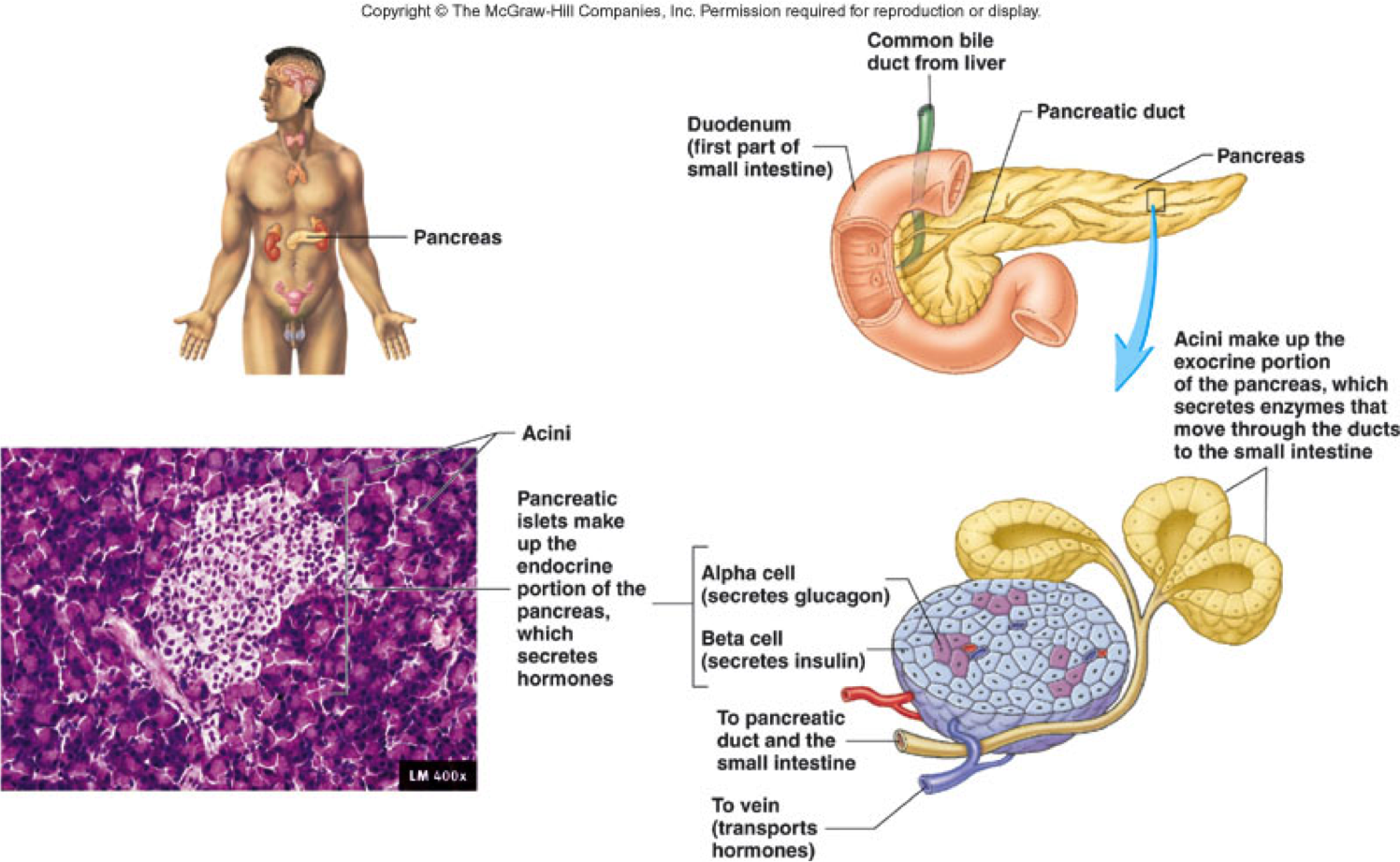 Vitamin D Endocrine System
Vitamin D Endocrine System
RESEARCH directed at defining the molecular mode of action of vitamin D is currently at its apex. There is now evidence implicating the essential involvement of vitamin D metabolites in a host of cellular processes, including calcium homeostasis, immunology, cell differentiation, and regulation of gene transcription. Further, there is evidence that the hormonally active form of vitamin D, 1α,25-dihydroxyvitamin D3 [1α,25(OH)2D3], may generate biological responses via both regulation of gene transcription as well as via nongenomic pathways, some of which involve opening of voltage-gated Ca2+ channels. In addition, there are many examples of pathological disruption of the normal state in which a drug form of a vitamin D metabolite is proposed to be a (potentially) useful form of treatment, e.g. renal osteodystrophy, psoriasis, leukemia, breast cancer, and osteoporosis.
B. From vitamin to steroid hormone
The importance of the molecule vitamin D in the biological systems of higher animals has been recognized since its discovery by Mellanby in 1920 (1). It was in the interval of 1920–1930 that vitamin D officially became classified as a “vitamin” that was essential for the normal development of the skeleton and maintenance of Ca2+ homeostasis. The chemical structure of vitamin D was not determined until 1932 (2), and it was only then that it was apparent that this important nutritional substance was in reality a steroid, more specifically, a secosteroid, indicating that one of the rings of the cyclopentanoperhydrophenanthrene ring structure (the 9–10 carbon-carbon bond of ring B) was broken (see Section II).
It was in the interval of 1920–1930 that vitamin D officially became classified as a “vitamin” that was essential for the normal development of the skeleton and maintenance of Ca2+ homeostasis. The chemical structure of vitamin D was not determined until 1932 (2), and it was only then that it was apparent that this important nutritional substance was in reality a steroid, more specifically, a secosteroid, indicating that one of the rings of the cyclopentanoperhydrophenanthrene ring structure (the 9–10 carbon-carbon bond of ring B) was broken (see Section II).
This content is only available as a PDF.
Copyright © 1995 by The Endocrine Society
Issue Section:
Articles
You do not currently have access to this article.
Download all slides
Sign in
Get help with access
Get help with access
Institutional access
Access to content on Oxford Academic is often provided through institutional subscriptions and purchases.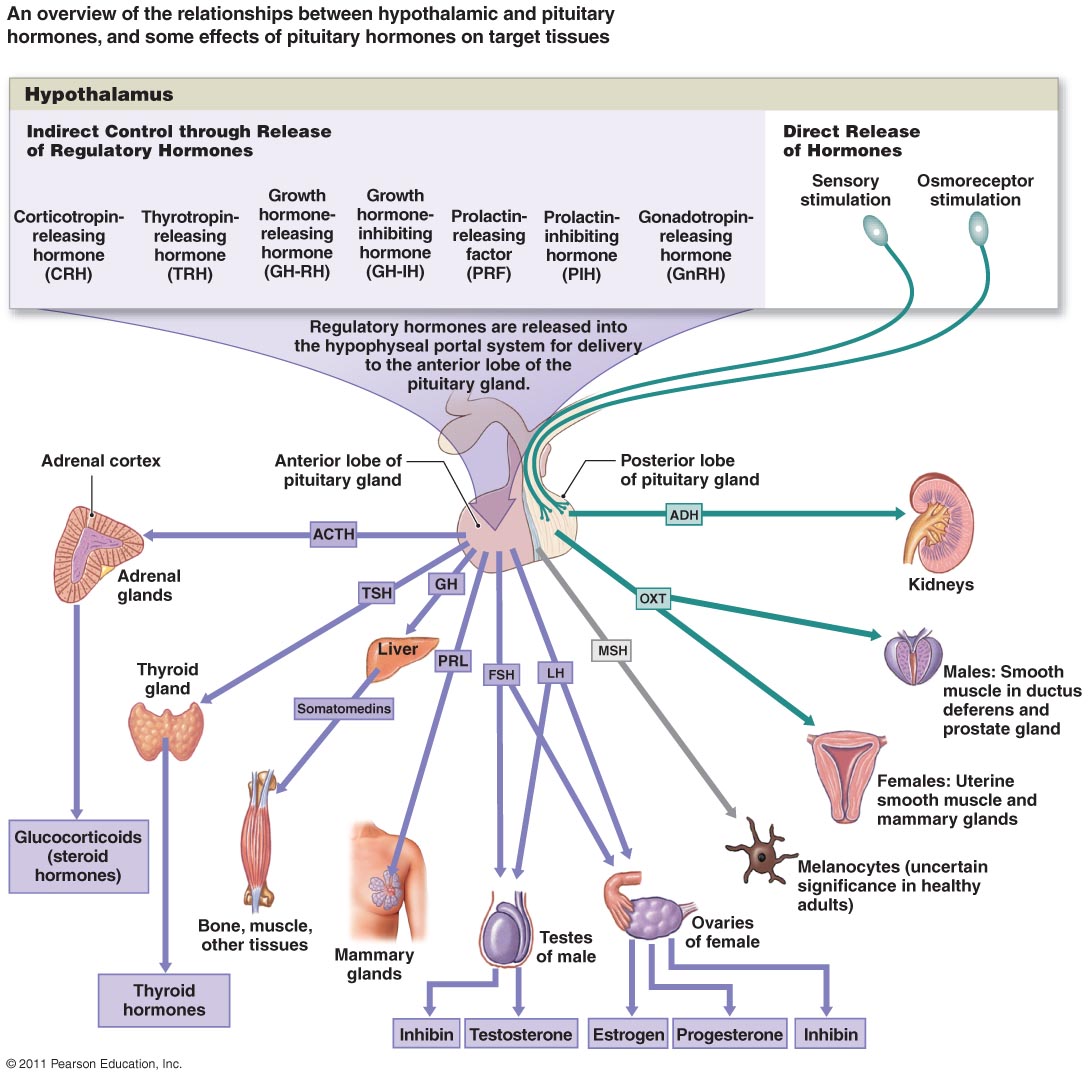 If you are a member of an institution with an active account, you may be able to access content in one of the following ways:
If you are a member of an institution with an active account, you may be able to access content in one of the following ways:
IP based access
Typically, access is provided across an institutional network to a range of IP addresses. This authentication occurs automatically, and it is not possible to sign out of an IP authenticated account.
Sign in through your institution
Choose this option to get remote access when outside your institution. Shibboleth / Open Athens technology is used to provide single sign-on between your institution’s website and Oxford Academic.
- Click Sign in through your institution.
- Select your institution from the list provided, which will take you to your institution’s website to sign in.
- When on the institution site, please use the credentials provided by your institution. Do not use an Oxford Academic personal account.

- Following successful sign in, you will be returned to Oxford Academic.
If your institution is not listed or you cannot sign in to your institution’s website, please contact your librarian or administrator.
Sign in with a library card
Enter your library card number to sign in. If you cannot sign in, please contact your librarian.
Society Members
Society member access to a journal is achieved in one of the following ways:
Sign in through society site
Many societies offer single sign-on between the society website and Oxford Academic. If you see ‘Sign in through society site’ in the sign in pane within a journal:
- Click Sign in through society site.
- When on the society site, please use the credentials provided by that society. Do not use an Oxford Academic personal account.

- Following successful sign in, you will be returned to Oxford Academic.
If you do not have a society account or have forgotten your username or password, please contact your society.
Sign in using a personal account
Some societies use Oxford Academic personal accounts to provide access to their members. See below.
Personal account
A personal account can be used to get email alerts, save searches, purchase content, and activate subscriptions.
Some societies use Oxford Academic personal accounts to provide access to their members.
Viewing your signed in accounts
Click the account icon in the top right to:
- View your signed in personal account and access account management features.
- View the institutional accounts that are providing access.

Signed in but can’t access content
Oxford Academic is home to a wide variety of products. The institutional subscription may not cover the content that you are trying to access. If you believe you should have access to that content, please contact your librarian.
Institutional account management
For librarians and administrators, your personal account also provides access to institutional account management. Here you will find options to view and activate subscriptions, manage institutional settings and access options, access usage statistics, and more.
Purchase
Subscription prices and ordering for this journal
Purchasing options for books and journals across Oxford Academic
Short-term Access
To purchase short-term access, please sign in to your personal account above.
Don’t already have a personal account? Register
Structure-Function Relationships in the Vitamin D Endocrine System* – 24 Hours access
EUR €36.00
GBP £32.00
USD $39.00
Advertisement
Citations
Altmetric
More metrics information
Email alerts
Article activity alert
Advance article alerts
New issue alert
Receive exclusive offers and updates from Oxford Academic
Citing articles via
-
Latest
-
Most Read
-
Most Cited
Nicotinamide Adenine Dinucleotide in Aging Biology: Potential Applications and Many Unknowns
The Pregnancy-Associated Plasma Protein-A (PAPP-A) Story
Re-evaluating the role of progesterone in ovarian cancer: is progesterone always protective?
Update on Adipose Tissue and Cancer
Treating the Side Effects of Exogenous Glucocorticoids; Can We Separate the Good From the Bad?
Advertisement
Endocrinologist and Pregnancy
The endocrine system – its structure, the functions of its endocrine glands and the hormones produced by this system play an important role. The proper functioning of most organs and systems of the human body depends on them. Endocrinologist and pregnancy.
The proper functioning of most organs and systems of the human body depends on them. Endocrinologist and pregnancy.
During the period of bearing a child, a serious hormonal restructuring of a woman’s body occurs: the production of individual hormones increases hundreds and even thousands of times. Therefore, the work of the endocrine system largely determines the success of the pregnancy, the successful bearing of the fetus and the birth of a healthy child, and the consultation of an endocrinologist is an important aspect during pregnancy and planning a child.
Endocrinologist and pregnancy
The main dates of a pregnant woman’s contact with an endocrinologist are her registration with an obstetrician-gynecologist and the 24th week of pregnancy. However, if there are indications in the patient’s history: for example, pathologies of the thyroid gland and the endocrine system or adverse test results, monitoring and support throughout the pregnancy may be required.
During the first appointment, the endocrinologist should find out what you need to pay special attention to during the examination. To do this, he learns from a pregnant woman about the diseases she has suffered, requests information about diseases of the endocrine system of the next of kin and whether women in the family had problems with pregnancy and childbirth.
Examination by an endocrinologist consists in feeling the size and shape of the thyroid gland and lymph nodes, measuring pulse and blood pressure. After the examination, the doctor sends for examinations for a more detailed analysis of the patient’s hormonal status: a blood test for glucose and hormones and an ultrasound of the thyroid gland.
Why is it necessary to visit an endocrinologist during pregnancy
Pregnancy is a special state of the female body. Unfortunately, in some cases, its onset can provoke the development of pathologies and diseases even in an absolutely healthy woman.
The most common endocrine disease that occurs in women during pregnancy is gestational diabetes mellitus. It is accompanied by an increased level of sugar in the blood and appears due to the high level of contrainsular hormones due to the inclusion of the hormonal activity of the placenta. Excessive production of such hormones leads to the fact that the production of insulin produced by the pancreas of a woman becomes insufficient to cope with heavy loads on her own.
It is accompanied by an increased level of sugar in the blood and appears due to the high level of contrainsular hormones due to the inclusion of the hormonal activity of the placenta. Excessive production of such hormones leads to the fact that the production of insulin produced by the pancreas of a woman becomes insufficient to cope with heavy loads on her own.
Pregnancy is an indicator of predisposition to diabetes. Since most often this disease first develops in women during pregnancy, women in whose family there were people with diabetes should pay special attention to their health.
In addition to diabetes, an imbalance of thyroid hormones increases the likelihood of developing the following complications during childbearing:
- threatened miscarriage and premature birth;
- placental abruption and placental insufficiency;
- early or late toxicosis;
- increased blood pressure;
- postpartum hemorrhage;
- infections of the genitourinary system and other diseases in a woman.

On the part of the child, problems with the hormonal background can affect the formation of fetal malformations, including:
- chronic fetal hypoxia;
- congenital hypothyroidism;
- malformations of the nervous system and sensory organs.
WHO experts say that thyroid disorders in pregnant women are the most common cause of mental retardation in children. Therefore, endocrinologists make such serious demands on blood sugar levels in pregnant women.
How an endocrinologist can help during pregnancy
To rule out problems with pregnancy and child development, an endocrinologist prescribes drugs based on the results of the examination. With their help, disturbances in the activity of the endocrine system are corrected, namely, the production of hormones and biologically active substances is suppressed, replaced or stimulated.
Not everyone understands the importance of visiting an endocrinologist and believes that this doctor examines pregnant women superficially. However, this misconception, as well as skipping an examination by an endocrinologist and uncompensated hormonal failure in time, can lead to sad consequences and negatively affect a woman’s future life.
However, this misconception, as well as skipping an examination by an endocrinologist and uncompensated hormonal failure in time, can lead to sad consequences and negatively affect a woman’s future life.
While timely visits to an endocrinologist during pregnancy, identifying problems at an early stage and following recommendations for their correction are the key to the health of the child and the well-being of the expectant mother.
You can get an appointment with an endocrinologist at the Khabarovsk Medical Center “Saiko”, as well as get a consultation with a specialist and undergo mandatory examinations for pregnant women, by calling 917-700.
Ultrasound of the thyroid gland, treatment and diagnostics in Moscow
The thyroid gland is the largest gland of the entire human endocrine system. This system is responsible for regulating a large number of critical functions. This is due to the hormones produced by this organ. The structure of the thyroid gland, which got its name for a reason, is like a shield consisting of two blades resembling butterfly wings. These chambers are located on both sides of the larynx and are connected by a septum, which is called the glandular tissue.
These chambers are located on both sides of the larynx and are connected by a septum, which is called the glandular tissue.
The weight of the “thyroid gland” is normally about 25 grams, but such a modest figure does not make it less significant for human health. This part of the endocrine system consists of two types of cells that produce hormones – follicles and parafollicles.
Thyroid functions
The thyroid gland has the following important functions:
The formation and development of the nervous system in children, which begins to form in the womb.
Protein anabolism, which promotes proper growth and development;
Lowering the level of cholesterol in the blood, which is achieved due to the effect of the hormone thyroxine;
Prevention of loss of glucose from the blood;
Promotes an increase in the speed of heart contractions and their strength.
In order to keep this important organ in good condition and stay healthy, every person should be examined regularly.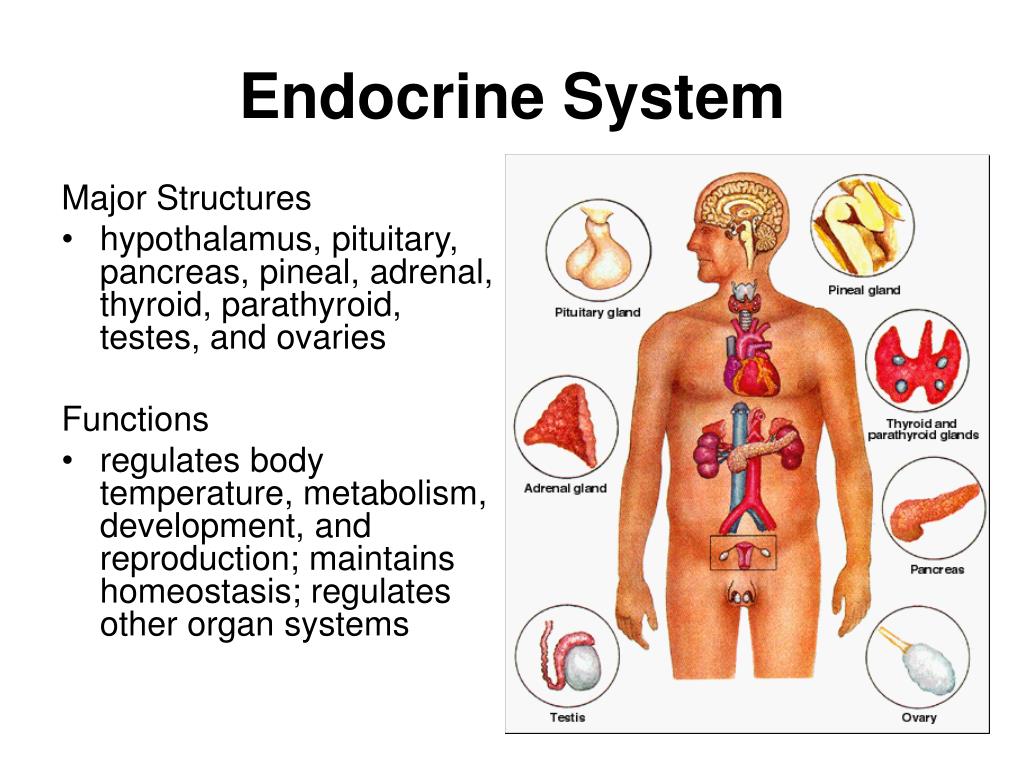 Otherwise, you can burden your history with diseases such as hyperthyroidism, hypothyroidism – an increase or decrease in the functionality of the thyroid gland. The symptoms of both the first and second diseases do not appear immediately, and a situation may occur in which an enlarged endocrine organ can work normally, and an unchanged one can malfunction.
Otherwise, you can burden your history with diseases such as hyperthyroidism, hypothyroidism – an increase or decrease in the functionality of the thyroid gland. The symptoms of both the first and second diseases do not appear immediately, and a situation may occur in which an enlarged endocrine organ can work normally, and an unchanged one can malfunction.
Symptoms of disorders
Stressful situations, nervous and mental disorders, liver diseases, transmission of genital infections, lack of iodine in the body, the effects of radioactive radiation and other factors can provoke malfunctions in the work of the internal organ of the endocrine system. Hereditary predisposition increases the risk of thyroid disease several times.
Symptoms of thyroid dysfunction:
Rapid fatigue, decreased performance, lethargy, drowsiness;
Frequent headaches;
Disorders of the gastrointestinal tract;
Enlargement of the thyroid gland.

In order to assess the condition of the thyroid gland, you need to undergo a full examination by specialists. First of all, you need to donate blood for analysis. The main indicator of the normal functioning of this organ is TSH (thyroid-stimulating hormone), which stimulates the release of blood hormones. Its increased or reduced amount indicates the presence of the disease.
Examination of the structure of the thyroid gland
Based on a series of examinations, the specialists of our clinic will be able to make the correct diagnosis. In addition to taking a blood test, it is carried out:
Palpation. Based on this research method, a specialist can have an approximate idea of the size of this organ of the endocrine system and the symmetry of the lobes.
Ultrasound of the thyroid gland allows you to determine the size, structure, possible deviations from the norm and the duration of the disease.
Magnetic resonance or computed tomography provides the most accurate examination results.



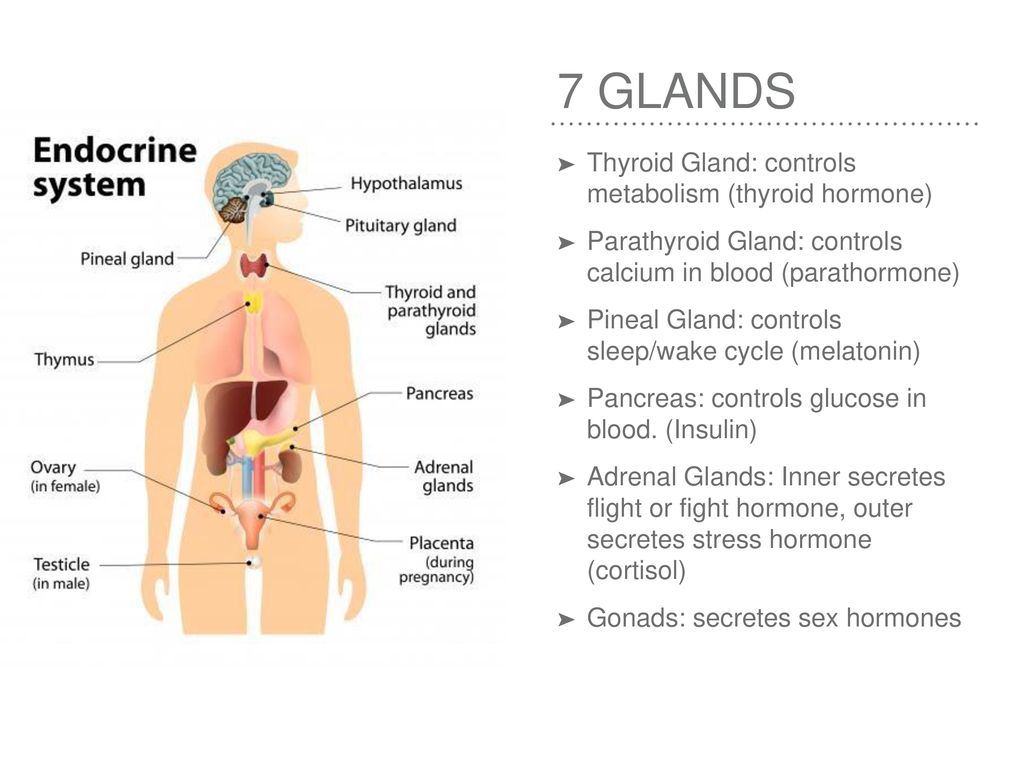 Luteinising Hormone (LH)
Luteinising Hormone (LH)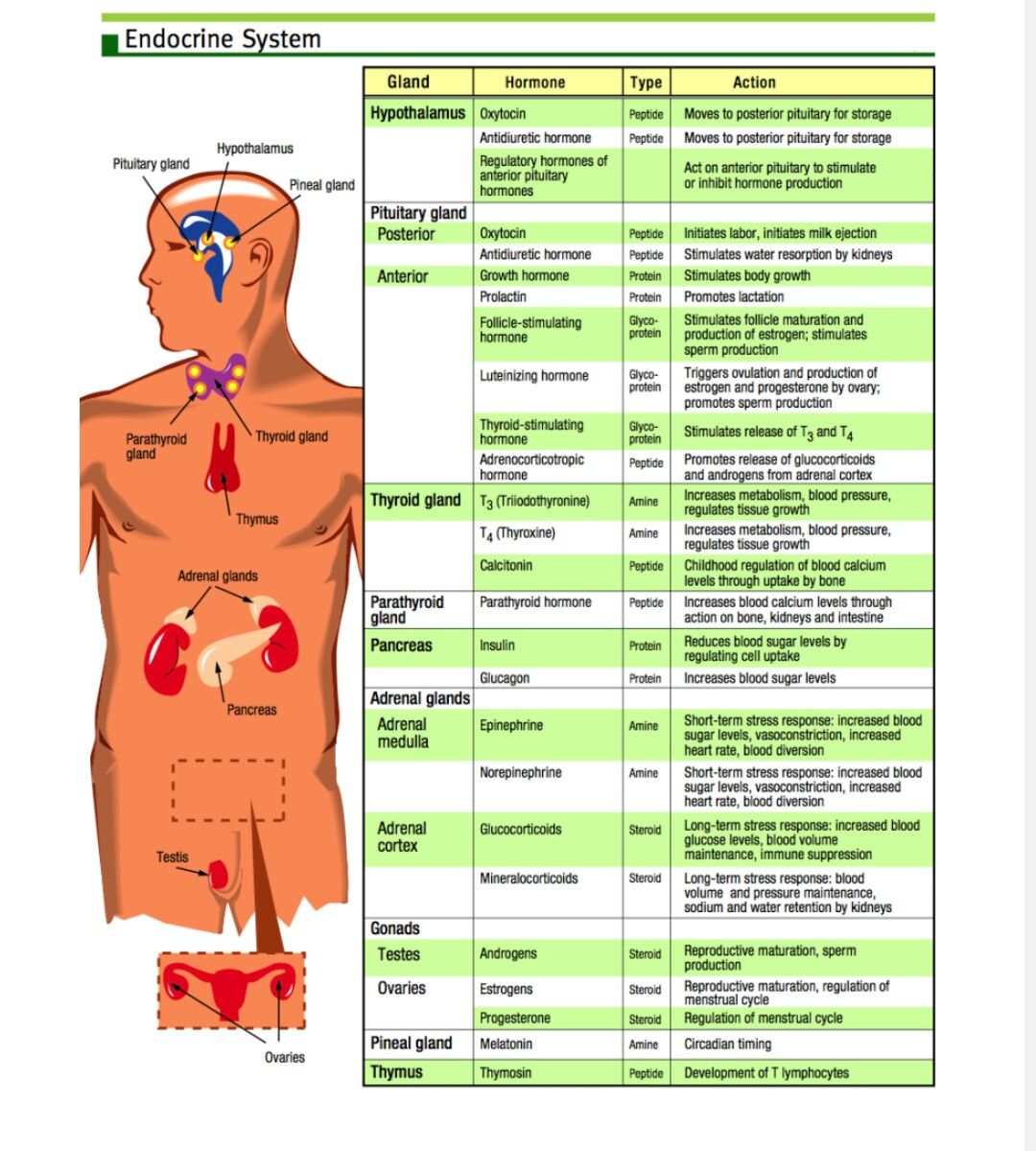
 The
The It produces enlargement of
It produces enlargement of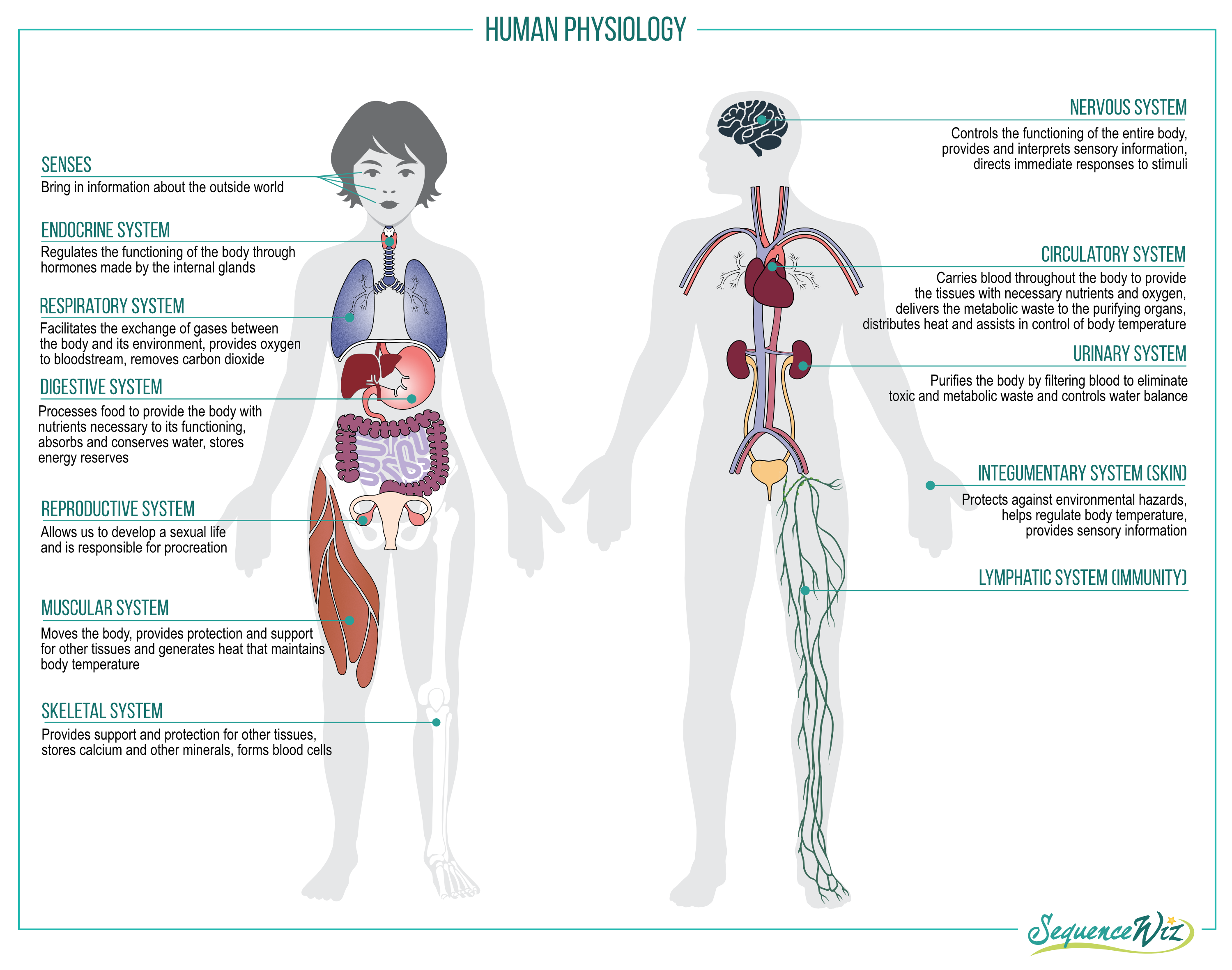 A decrease in calcium level
A decrease in calcium level

 Increases the rate and force of heart beat.
Increases the rate and force of heart beat.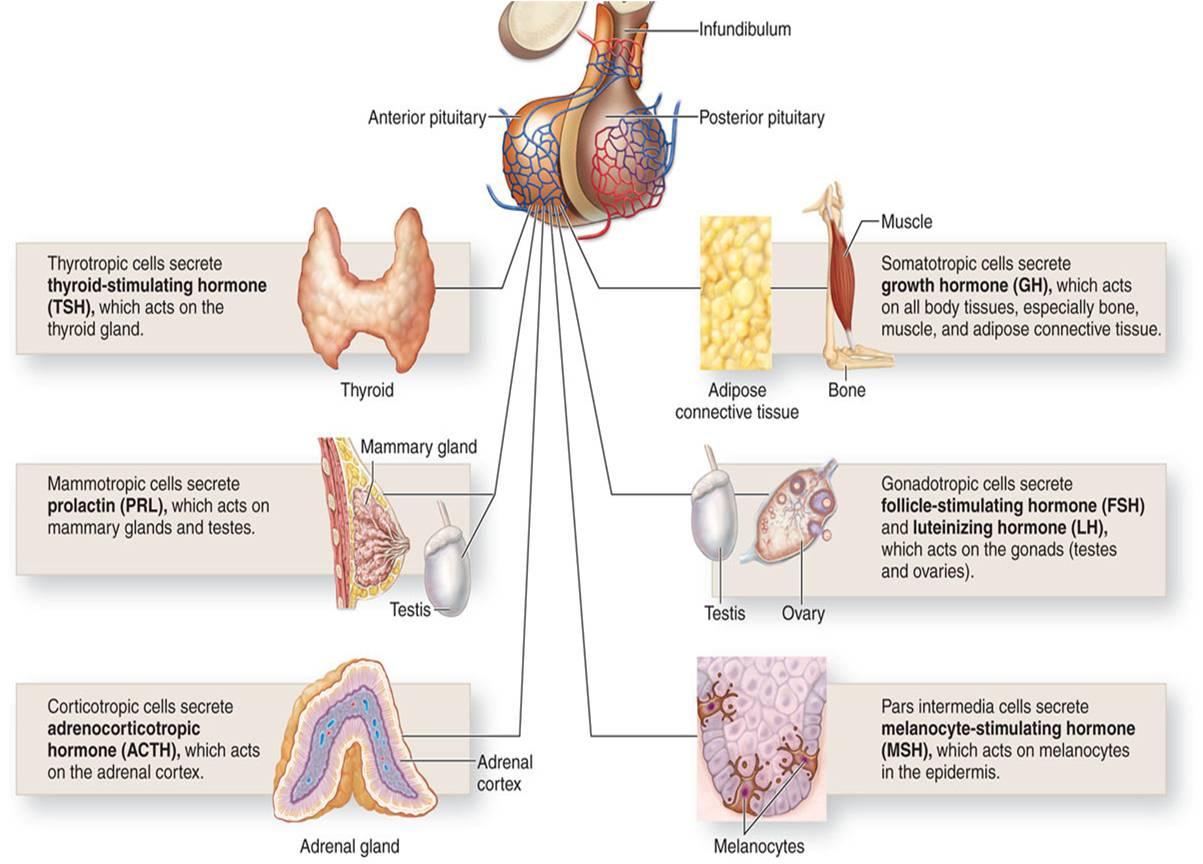
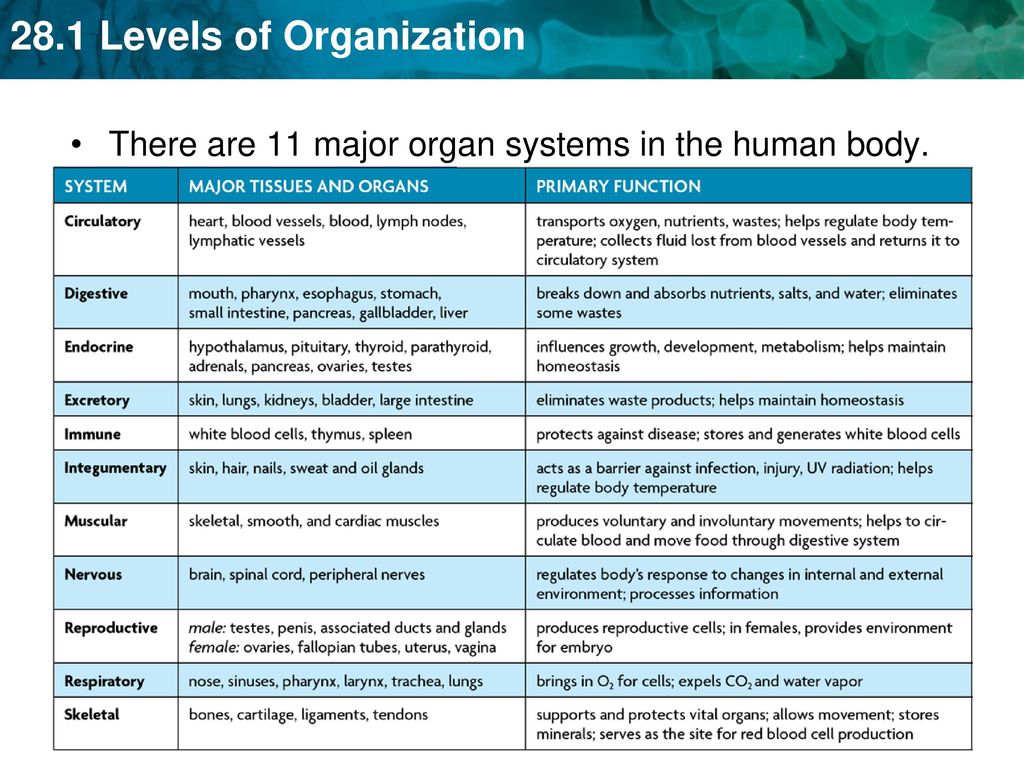



 org/10.1210/edrv-16-2-200
org/10.1210/edrv-16-2-200